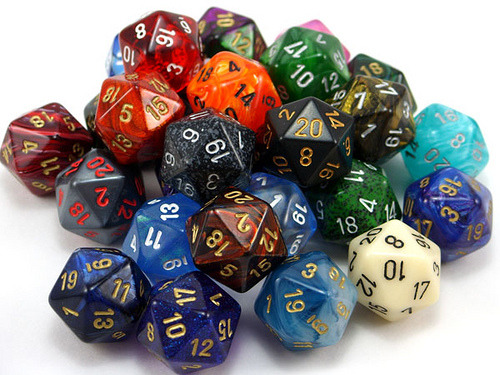!!! Big Red Warning Header !!!
I have zero training in flame art apart from what I've been reading on the internet, and having a doctorate in physics. Don't attempt any of this. Don't blame me if you get hurt. Don't build dangerous things in your basement. It's a bad life choice for 99.9% of the population.
A camp mate of mine suggested a design for a mechanical valving mechanism with an inner and outer pipe. The inner pipe would have a line of holes to allow gas to escape, and the outer pipe would have holes at the same spacings, but in a spiral, so that as the pipe was rotated different sets of holes would come into register. He did a 3D rendering, showing two options (spiral holes on the inner and outer pipes):

During some meetings a couple of weeks ago during which my attention was possibly less engaged than it could have been, I drew up some rough mechanical drawings, including valves, servo motor, pilot, and how to joint them at the ends:
Last weekend I had most of the weekend free, and spent some time working on the prototype. I used a 30" length of 1/2" galvanized pipe for the inner pipe, and chose to make the outer pipe the rotating one, so that I wouldn't need a swivel valve. I took my pipe over to Bay Steel, which I highly recommend on account of the fact that they're open on Saturdays, they're cheaper than Bayshore Metals (which is not open weekends), and they let me use their cutoff wheel for free to cut the 20' lengths down so I could put them on my truck rack. (I tried to be pretty careful with the cutoff wheel, but the old Chinese dudes who worked there were having none of that, and noticing that I was taking a long time, just banged it down a few times to finish the cut for me. They weren't upset, just wanted to show me how it was done.) Their selection isn't as great as Bayshore Metal, and they don't have much scrap in stock, so you have to buy full length stock or nothing. I found a tube with a decent fit by trial and error, and bought a length. I also brought a 1/4" pipe and bought some stock that fit over that as well, thinking I might try both. But I started with the 1/2".
I headed down to the Tech Shop on Howard to use the milling machine. It had been a while, and I was pretty rusty, so the registration of the holes isn't fantastic. But for the purposes of an initial prototype, I hoped it would be good enough.
Finally got around to setting it up and testing it out today, and the results were okay, but needs improvement.
As you can see, it's far from perfect, but it does give the impression of the flame moving from end to end. Some notes:
- I wrapped the "free" end in teflon tape because gas was easily escaping creating a huge flame on that end. That's easily fixable by creating a set of flanges that hold the unit in place on each end, but for the test I didn't have that.
- The intratube gap is large enough that gas can easily pass through it and to the misaligned holes, so the difference between those and the aligned holes isn't great. In fact, the fact that they're rotated out of alignment with the vertical is giving us a better effect there. It's possible that I could fix this with some grease, which would make the whole thing rotate more efficiently and seal off the other holes. Not sure if the grease would survive the temperatures, would have to find something that retains its viscosity at high temp and isn't flammable. Improving the tolerance between the tube and the pipe might help too, but that might be difficult. Remachining the holes with closer tolerance might help as well, and/or smaller holes both internal and external.
- It's also noticeable that the flame height is different at both ends. I think this is primarily due to poor registration at the far end (the registration drifted across the pipe, but I know how to fix that this time.) But if that persists, running gas into both ends could help.
- Assuming we can get it to work, I'm concerned with how this will perform in the wind on the playa. I'm thinking about wrapping the whole thing in steel wool to create a pilot effect along the length. This might help dampen gas escaping the misaligned holes as well. But I'd also like to create a third concentric tube with windows cut in it, which would hide the nature of the mechanism, and create some wind dampening. The windows could be different shapes (I saw something like this at Adam Phelp's place the other night, which he was using for pilot nights for a poofer.) It would be pretty as well as functional.
I think the zeroth order tests will be reducing the hole size (I used 1/8", so maybe 1/16"), improved registration, and grease.









